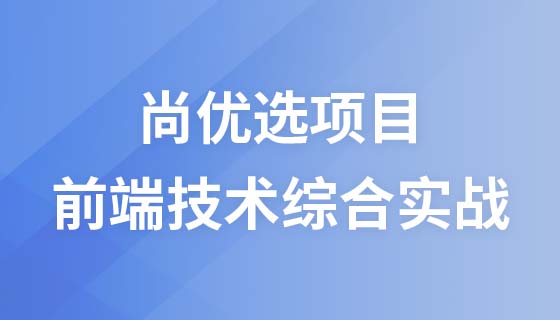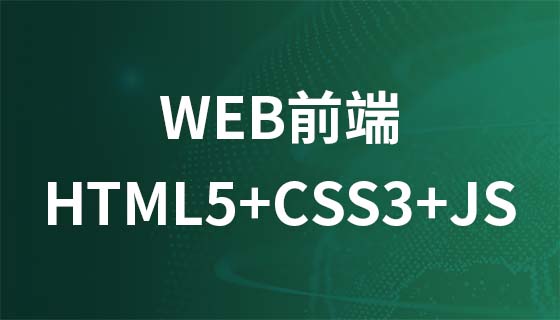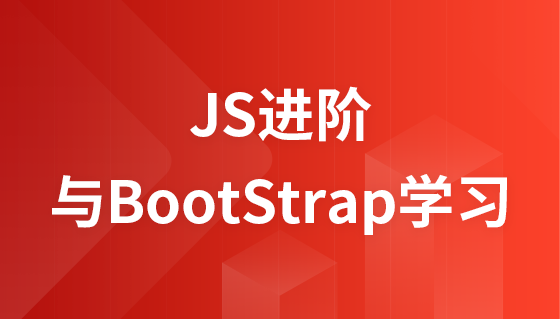
本文深入探讨了go语言中解组无名json数组的常见问题及其解决方案。当json数据以切片形式直接开始时,开发者在使用`json.unmarshal`时常因对`new`关键字和切片指针的理解不足而遭遇索引错误。文章将详细解释为何`new(tradesresult)`会导致问题,并提供两种有效的修正方法,特别是推荐使用直接声明切片变量的方式,以实现更简洁、地道的go语言编程实践。
在Go语言中处理JSON数据是日常开发任务之一。当接收到的JSON结构是一个无名的对象数组时,例如API返回的交易列表,正确地将其解组(Unmarshal)到Go的切片类型中至关重要。本文将通过一个具体的案例,详细讲解在解组此类JSON时可能遇到的问题及其优雅的解决方案。
假设我们从外部API获取到以下JSON数据,它是一个包含多个交易记录对象的数组,但没有顶层键名:
[
{
"date": 1394062029,
"price": 654.964,
"amount": 5.61567,
"tid": 31862774,
"price_currency": "USD",
"item": "BTC",
"trade_type": "ask"
},
{
"date": 1394062029,
"price": 654.964,
"amount": 0.3,
"tid": 31862773,
"price_currency": "USD",
"item": "BTC",
"trade_type": "ask"
},
{
"date": 1394062028,
"price": 654.964,
"amount": 0.0193335,
"tid": 31862772,
"price_currency": "USD",
"item": "BTC",
"trade_type": "bid"
}
]为了在Go中表示这种结构,我们需要定义一个结构体来匹配单个交易对象,然后定义一个切片类型来包含这些结构体。
根据上述JSON结构,我们可以定义如下Go类型:
立即学习“go语言免费学习笔记(深入)”;
package main
import (
"encoding/json"
"fmt"
"io/ioutil"
"net/http"
)
// TradesResultData 定义单个交易对象的结构
type TradesResultData struct {
Date float64 `json:"date"`
Price float64 `json:"price"`
Amount float64 `json:"amount"`
TradeID float64 `json:"tid"` // 字段名改为TradeID更具可读性
Currency string `json:"price_currency"`
Item string `json:"item"`
Type string `json:"trade_type"`
}
// TradesResult 定义一个切片类型,用于存储多个TradesResultData
type TradesResult []TradesResultData在尝试解组JSON时,一个常见的错误是使用 new() 函数来初始化目标切片变量,并随后尝试直接索引它。考虑以下代码片段:
func main() {
// 模拟获取JSON响应
json_response := []byte(`
[
{"date": 1394062029, "price": 654.964, "amount": 5.61567, "tid": 31862774, "price_currency": "USD", "item": "BTC", "trade_type": "ask"},
{"date": 1394062029, "price": 654.964, "amount": 0.3, "tid": 31862773, "price_currency": "USD", "item": "BTC", "trade_type": "ask"}
]`)
tradeResult := new(TradesResult) // 错误源头:new() 返回一个指针
err := json.Unmarshal(json_response, &tradeResult) // &tradeResult 是一个指向指针的指针 (TradesResult**)
if err != nil {
fmt.Printf("解组错误: %s\r\n", err)
return
}
// 尝试访问第一个元素的Amount
fmt.Printf("第一个交易的金额: %v\r\n", tradeResult[0].Amount) // 编译错误
}运行上述代码,会遇到以下编译错误:
invalid operation: tradeResult[0] (index of type *TradesResult)
错误分析:
要解决上述问题,一种方法是在访问切片元素之前,显式地解引用 tradeResult 指针。
func main() {
// ... (代码同上,模拟json_response) ...
json_response := []byte(`
[
{"date": 1394062029, "price": 654.964, "amount": 5.61567, "tid": 31862774, "price_currency": "USD", "item": "BTC", "trade_type": "ask"},
{"date": 1394062029, "price": 654.964, "amount": 0.3, "tid": 31862773, "price_currency": "USD", "item": "BTC", "trade_type": "ask"}
]`)
tradeResult := new(TradesResult)
err := json.Unmarshal(json_response, tradeResult) // 注意这里是 tradeResult 而不是 &tradeResult
if err != nil {
fmt.Printf("解组错误: %s\r\n", err)
return
}
// 正确访问方式:先解引用指针,再进行索引
if len(*tradeResult) > 0 { // 检查切片是否为空
fmt.Printf("第一个交易的金额: %v\r\n", (*tradeResult)[0].Amount)
} else {
fmt.Println("交易列表为空。")
}
}说明:
更符合Go语言习惯且更简洁的方式是直接声明一个 TradesResult 类型的变量,而不是使用 new() 来获取其指针。
package main
import (
"encoding/json"
"fmt"
"io/ioutil"
"net/http"
)
// TradesResultData 定义单个交易对象的结构
type TradesResultData struct {
Date float64 `json:"date"`
Price float64 `json:"price"`
Amount float64 `json:"amount"`
TradeID float64 `json:"tid"`
Currency string `json:"price_currency"`
Item string `json:"item"`
Type string `json:"trade_type"`
}
// TradesResult 定义一个切片类型,用于存储多个TradesResultData
type TradesResult []TradesResultData
func main() {
// 实际应用中,通常从HTTP响应读取
resp, err := http.Get("https://btc-e.com/api/2/btc_usd/trades")
if err != nil {
fmt.Printf("HTTP请求错误: %s\r\n", err)
return
}
defer resp.Body.Close() // 确保关闭响应体
json_response, err := ioutil.ReadAll(resp.Body)
if err != nil {
fmt.Printf("读取响应体错误: %s\r\n", err)
return
}
fmt.Printf("原始JSON数据:\r\n%s\r\n", json_response)
var tradeResult TradesResult // 推荐方式:直接声明切片类型变量
err = json.Unmarshal(json_response, &tradeResult) // 传入变量的地址
if err != nil {
fmt.Printf("JSON解组错误: %s\r\n", err)
return
}
// 打印整个解组结果(调试用)
fmt.Printf("解组后的结果: %#v\r\n", tradeResult)
// 访问第一个元素的Amount,无需解引用
if len(tradeResult) > 0 {
fmt.Printf("第一个交易的金额: %v\r\n", tradeResult[0].Amount)
fmt.Printf("第一个交易的日期: %v\r\n", tradeResult[0].Date)
fmt.Printf("第一个交易的类型: %v\r\n", tradeResult[0].Type)
} else {
fmt.Println("交易列表为空。")
}
}说明:
在Go语言中解组无名JSON数组到切片时,请牢记以下几点:
通过遵循这些原则,您可以有效地处理Go语言中的JSON解组任务,避免常见的指针陷阱,并编写出健壮、可读性强的代码。
以上就是Go语言中解组无名JSON数组:避免指针陷阱的详细内容,更多请关注php中文网其它相关文章!

每个人都需要一台速度更快、更稳定的 PC。随着时间的推移,垃圾文件、旧注册表数据和不必要的后台进程会占用资源并降低性能。幸运的是,许多工具可以让 Windows 保持平稳运行。




Copyright 2014-2025 https://www.php.cn/ All Rights Reserved | php.cn | 湘ICP备2023035733号